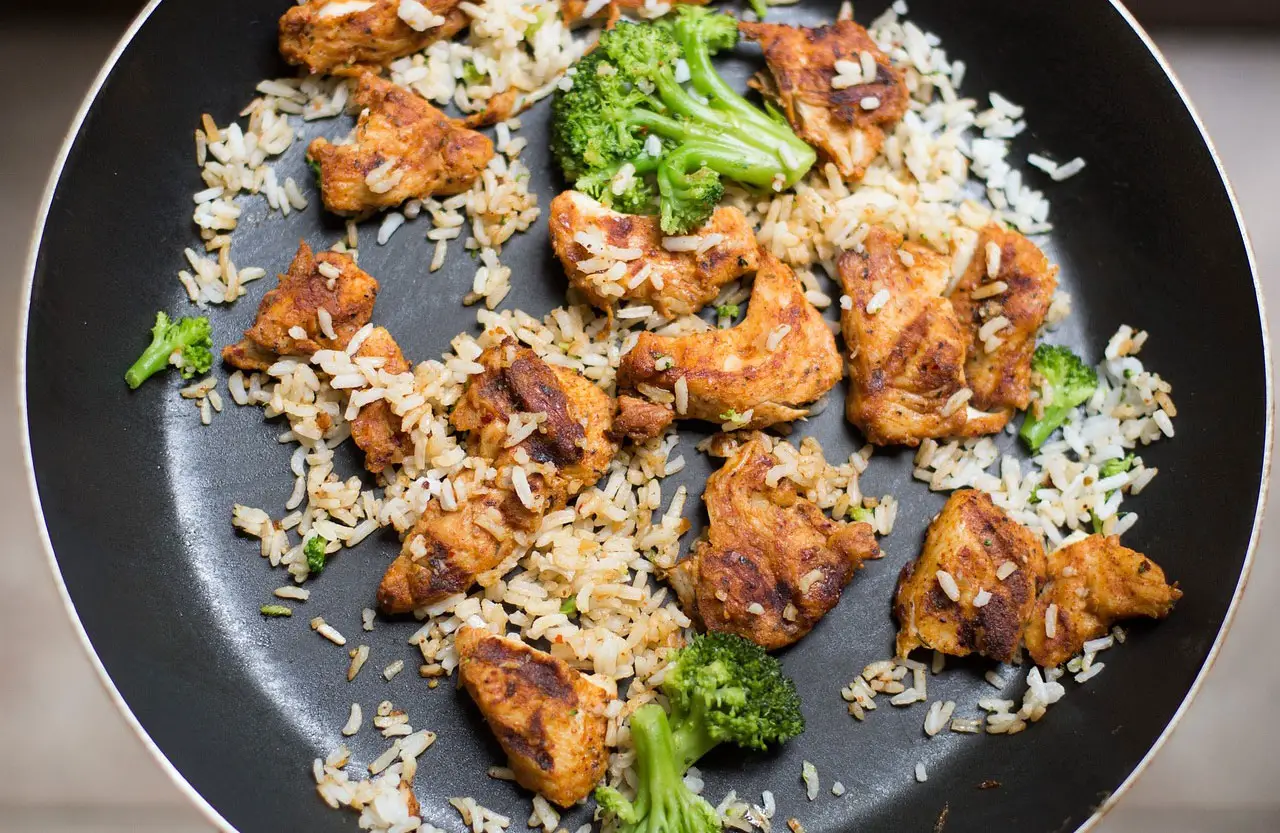When it comes to food, we all want to savor its deliciousness and make the most of our culinary creations. However, improper storage of food leftovers can quickly lead to a loss of freshness and flavor, resulting in wasted food and disappointment. In this blog post, we will explore the best practices for storing food leftovers to ensure maximum freshness and flavor, helping you enjoy your meals even after they’ve been refrigerated or frozen.
Understanding the Factors Affecting Food Freshness and Flavor
Before diving into the storage techniques, it’s essential to understand the two critical factors that affect the quality of food leftovers: temperature and moisture control. Temperature plays a crucial role in preventing food spoilage, so maintaining optimal refrigerator and freezer temperatures is vital. Keep your refrigerator at around 40°F (4°C) and your freezer at 0°F (-18°C) to slow down bacterial growth and maintain freshness.
Moisture control is equally important. Some foods require moisture to stay moist, while others can become soggy when exposed to excess moisture. To strike the right balance, use appropriate containers and wraps that allow moisture to escape without drying out the food or causing it to become waterlogged.
Best Practices for Storing Leftovers
To ensure maximum freshness and flavor in your leftovers, it’s important to follow a few essential practices. Start by cooling your food properly before storing it. Allow hot food to cool to room temperature before transferring it to containers. For faster cooling, opt for shallow containers that promote even heat dissipation.
When it comes to choosing the right containers, options like glass, plastic, or stainless steel can work well. Ensure that the containers are airtight and leak-proof to prevent air and moisture from seeping in, preserving the food’s quality and taste. Don’t forget to label your containers with the date of storage and mention the contents, making it easier to track freshness and avoid confusion.
Refrigerator Storage Tips
Efficient organization of your refrigerator is crucial for maintaining the freshness of your leftovers. Keep your fridge clean and clutter-free to prevent cross-contamination and odors. When storing leftovers, arrange them in a way that allows for proper airflow, avoiding overcrowding.
Proper wrapping techniques play a significant role in preserving the taste and texture of your refrigerated leftovers. Consider using plastic wrap or aluminum foil to cover bowls and plates. For a more sustainable option, try reusable silicone covers or beeswax wraps. These alternatives keep the food protected while reducing waste.
Freezer Storage Tips
Freezing is an excellent option for extending the shelf life of leftovers. When packaging food for the freezer, it’s important to choose the right materials. Vacuum-sealing is ideal for long-term storage, as it removes air and prevents freezer burn. Alternatively, opt for freezer-safe bags or containers that provide airtight seals.
Efficiently managing freezer space is crucial for maintaining the quality of your frozen leftovers. Arrange items in a way that allows for proper airflow to prevent freezer burn. Avoid overcrowding, as it can lead to uneven freezing and a loss of flavor and texture.
Maximizing Freshness and Flavor during Reheating
Reheating leftovers properly can make a world of difference in preserving their freshness and flavor. Choose the appropriate reheating method based on the type of food and its desired texture. The oven, stovetop, microwave, and steam are all viable options, depending on the dish.
Before serving reheated leftovers, consider adding a touch of freshness. Garnish with fresh herbs or spices to enhance the flavors and aromas. Drizzle with oils or dressings to revive any dryness and add a burst of flavor.
Food Safety Considerations
While maximizing freshness and flavor is essential, it’s equally important to ensure food safety. Different foods have varying safe storage durations, so it’s crucial to follow general guidelines for each category. Keep an eye out for signs of spoilage, such as off odors, unusual textures, or mold, and discard any leftovers that show these signs.
Additionally, practice proper handling and reheating techniques to avoid cross-contamination and foodborne illnesses. Maintain good hygiene during food preparation, and ensure that leftovers are reheated to appropriate temperatures to kill any potential bacteria.
Conclusion
Properly storing food leftovers is an art that requires attention to detail and the right techniques. By understanding the factors affecting freshness and flavor, implementing best practices for storage, and considering food safety, you can maximize the enjoyment of your leftovers while reducing food waste. So, let’s embrace these tips and transform our leftover meals into delicious, safe, and sustainable culinary experiences. Store your food leftovers with care, and enjoy the flavors of your meals to the fullest!




